Sam Devlin’s Cackler wears camo well, but if hunting’s not your thing, it can easily take on a different look and different duties: Its 14′4″ garvey hull and unobstructed cockpit are eminently adaptable. Sam recalls: “I did the original work on the Cackler design years ago—about 1984—and did the design as a combination shop skiff and hunting skiff. The evolution was directly from my other duck-boat designs, with higher freeboard but retaining the decking that gives the reserve buoyancy and seaworthiness. A garvey-type hull allowed easy walking off the front of the boat when beaching, and effectively gives a larger volume to the interior without additional and unusable length. With the first one built I knew, in my humble opinion, that I had a winner.”The Cackler I spent some time with was built at Devlin Designing Boat Builders for one of Sam’s regular customers, John Heater, a 95-year-old Bainbridge Island, Washington, man who has owned four other Devlin boats ranging from a 9′ 6″ skiff to a 31′ cabin cruiser. “In his more than 25 years of owning Devlin boats, John’s boating needs have changed over the years,” writes Sam, “and with this latest build he really wanted a small and fast boat that would be seaworthy enough to keep him aboard in all kinds of weather and conditions and would allow him to explore the Puget Sound waters around his island home safely.” Meant to be seen and enjoyed rather than concealed in the marsh, John’s boat looks good in gleaming dress whites. At rest, the Cackler offers a stable platform for fishing or hauling pots.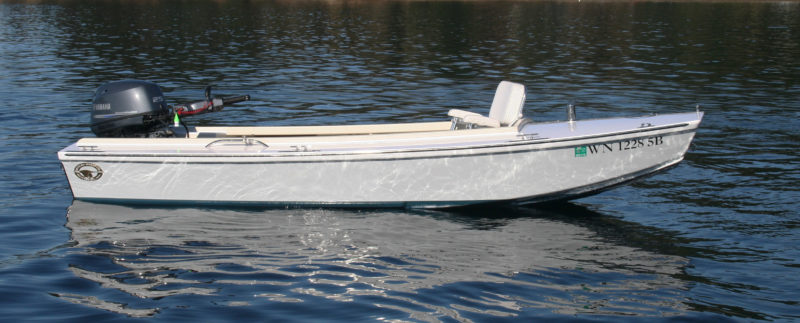 photographs and video by the author
photographs and video by the author
Join The Conversation
We welcome your comments about this article. To include a photo with your remarks, click Choose File below the Comment box.
Comments (9)
Comments are closed.

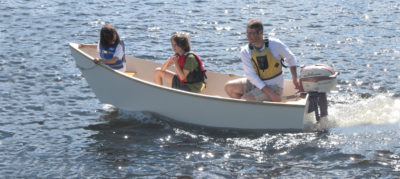
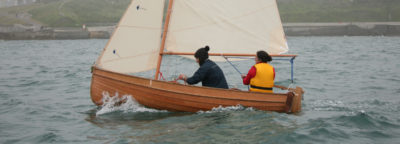
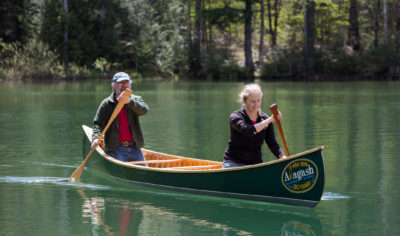
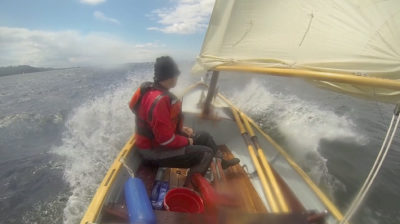
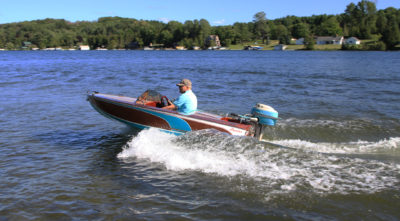
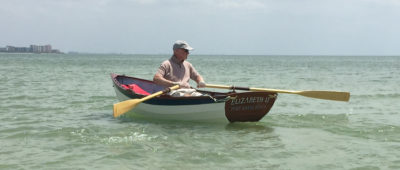
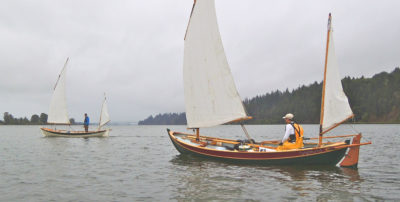
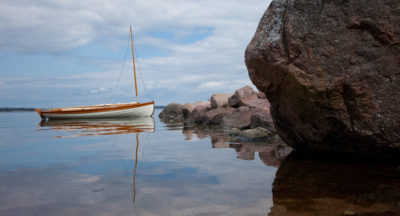
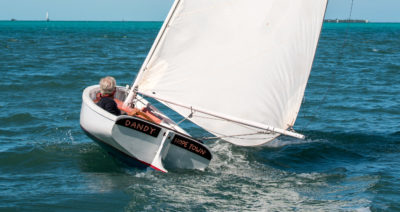

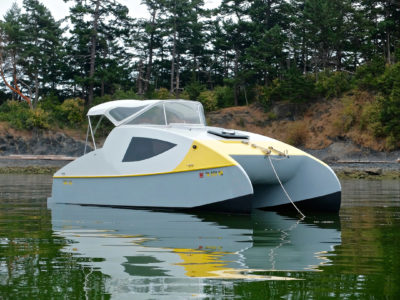

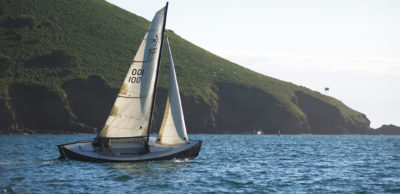
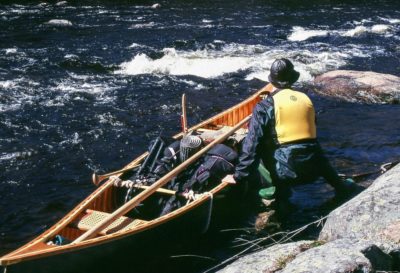

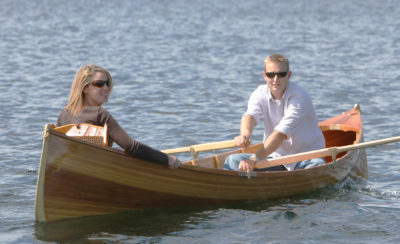
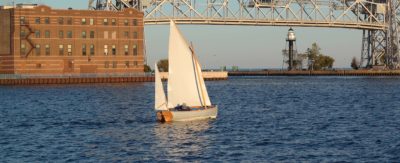

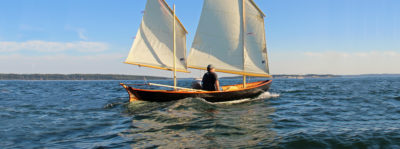
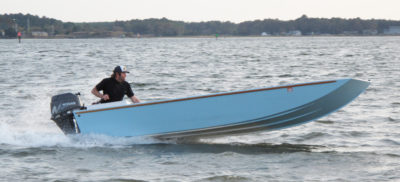
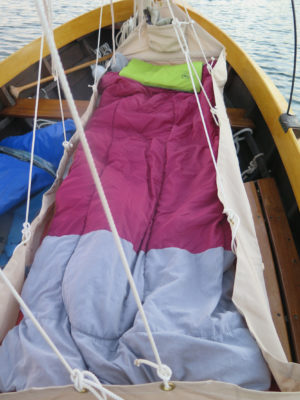
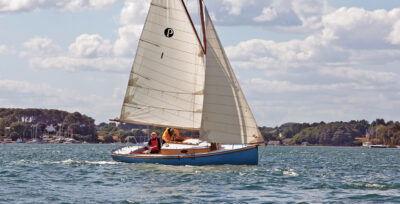
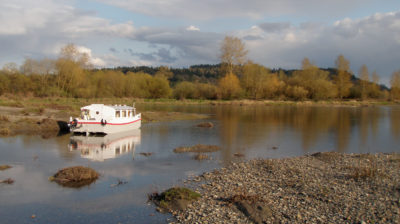
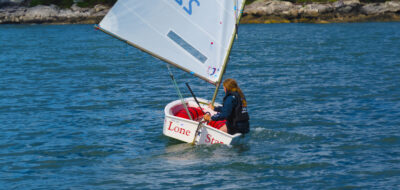

Are the life jackets meant to remain in place in the boat as flotation? The description says they are “accessible.” Does that mean they are used as PFDs as well. Can they fulfill both functions/requirements simultaneously?
The life jackets are meant to meet the Coast Guard flotation requirement; they can’t simultaneously meet the USCG requirements for personal flotation devices (PFDs) and boat flotation. A PFD must be readily accessible and not stowed in a closed compartment. The PFDs in the Cackler’s compartments can be removed for inspection and cleaning, and could be useful in an emergency, though the compartment should be closed securely and immediately.
Christopher Cunningham, Editor
I’d love to see the remote steering setup. The boat looks very handy.
You mention a quarter scale model; what is the price? I’m moving to a house with no place to build the real thing.
The figure I just got from Sam is $400 for the model kit.
Christopher Cunningham, Editor
Robert, depending upon why you want to build the model, you could also buy just the .pdf plans file, and build it as a 1 1/2″ to 1′ (1:8) model using sheet bass wood (or balsa) available at most hobby/craft stores (Michaels, across the US and Canada, or A. C. Moore, on the East Coast). I’ve built a number of models using it and it’s close, but not quite the same, as building the real thing. There is still a nice feeling of accomplishment, and if you ever get the chance to build the real thing, you’ll learn a lot by first building to scale.
As the panels required are longer than the standard 8′ plywood length, what type of joint is used to attain the overall 14’4″ length. Sorry if that’s a dumb question, but I’m very much a novice. Thanks!
The kits sold by Devlin boats use a computer-cut puzzle joint. The pieces are precisely aligned when they are fit together and glued with epoxy. A builder working from plans would use scarf joints to make full-length panels, draw the pieces on the panels, and then cut them out.
Can we see a drawing of the Cackler 14 with wheel steering? And, in that configuration, could you still use the forward-most position for the motor? Thanks!